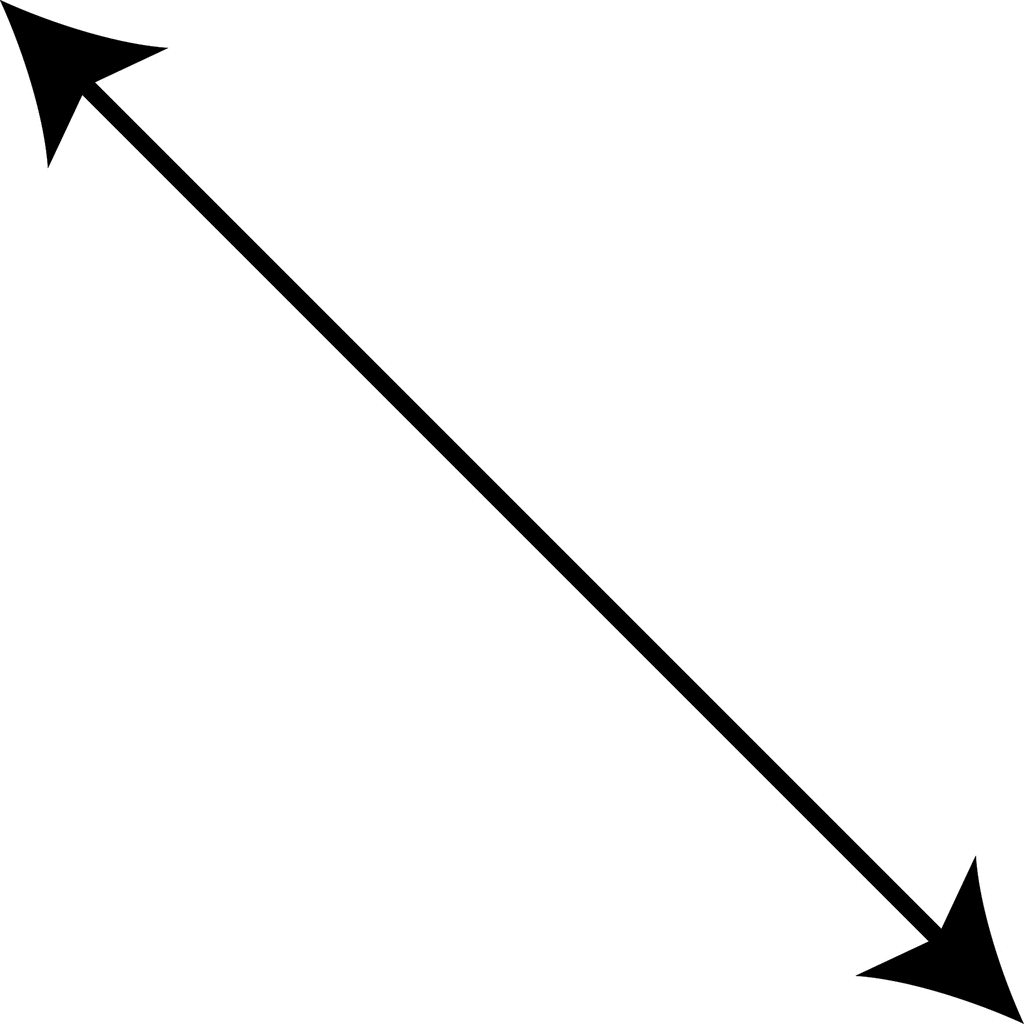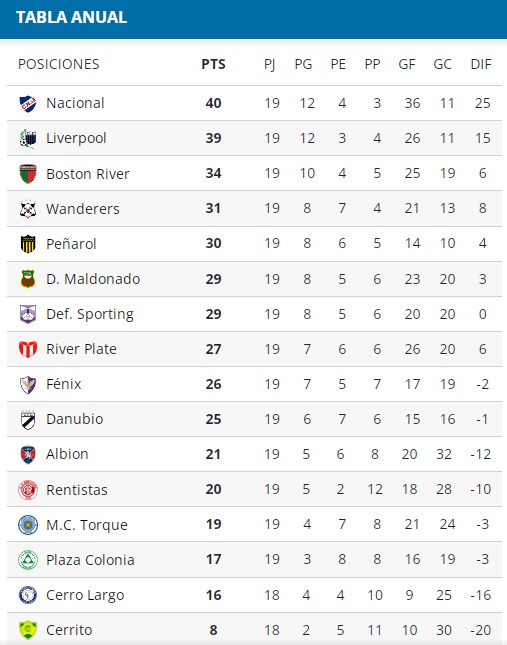Principles of Dimensioning Engineering Design - McGill University
Por um escritor misterioso
Descrição
Alphabet of Lines What is the main image, which we are using in all our projects, designs, drawings? It is a line! In Graphics Communication practice there is the whole collection of different lines, which are used for drawing purposes. The alphabet of lines is a set of standard line types established by the American National Standards Institute (ANSI) for technical drawing. The alphabet of lines and the approximate dimensions used to create different line types, are referred to as linestyles when used with CAD. The standard line types used in technical drawings are Center lines are used: to represent symmetry, to represent paths of motion, to mark the centers of circles and the axes of symmetrical parts, such as cylinders and bolts. Break lines are used to show where an object is broken to save drawing space or reveal interior features. Break lines come in two forms: a freehand thick line, and a long, ruled thin line with zigzags. Dimension and extension lines are used to indicate the sizes of features on a drawing. Section lines (hatching) are used in section views to represent surfaces of an object cut by a cutting plane. Phantom lines are used to represent a movable feature in its different positions. Stitch lines - to indicate a sewing or stitching process. Visible lines are used to represent features that can be seen in the current view. Hidden lines, as you already know, are used to represent features that cannot be seen in the current view. Cutting plane lines are used in section drawings to show the locations of cutting planes. There are also lines used in some particular cases: Chain lines - to indicate additional treatment for a surface. Symmetry lines - as an axis of symmetry of a particular view. While preparing drawings you must follow the rules established for the line technique. Each line should have one of the two thicknesses, thick or thin, and the ratio of the thicknesses must be not less than 2:1. In many textbooks (especially, of the US authors) you will come across the thicknesses of lines: 0.3 mm and 0.6 mm. In general cases it is good enough in practical work. The alphabet of lines assigns specific thickness to each line and it cannot be changed arbitrarily. In cases where other than shown types of lines are used for special drawings (for example, electrical drawings, pipeline diagrams, or building drawings) the conventions adopted must be clearly indicated by reference to specific standards or by notes on the drawings. For all views of one piece or assembly to the same scale, the thickness of the lines should be the same. Medium and extra-thick lines should be used only in special cases. The minimum space between parallel lines should never be less than twice the thickness of the heaviest line. It is recommended that these spaces be 0.7 mm or greater. In end views of circular features the point of intersection of two centre lines should be shown by two intersecting short dashes, except for very small circles, as shown: Break Line are used to shorten the view of long uniform or tapered sections, or when only a partial view is necessary, and are used on both detail and assembly drawings. The thin line with freehand zig-zags is recommended for long breaks and may be used for solid details or for assemblies containing open space. Thick freehand lines are used for short breaks and the jagged line for wood parts. The special thick break lines shown for cylindrical and tubular parts are useful when an end view is not shown, but otherwise the thick freehand break line is adequate. Note that all these break lines were designed for preparing drawings in the old-fashioned manner by using a draft board. Sometimes engineers and designers still work on drawings with pencils and rulers. However, modern 3D CAD software, which prevails in our days, can offer other line types for the break lines in the computer-based drawings. Dimensioning practice Once the shape of a part is defined with an orthographic drawing (i.e., in projections), the size information is added in the form of dimensions. Dimension elements Dimensioning a drawing also identifies the tolerance (or accuracy) required for each dimension. Dimension — the numerical value that defines the size, shape, location, surface texture, or geometric characteristic of a feature. Basic dimension — a numerical value defining the theoretically exact size, location, or orientation relative to a coordinate system. Basic dimensions are enclosed in a rectangular box & have no tolerance. Reference dimension — a numerical value enclosed in parentheses, provided for information only. Dimension line — a thin, solid line that shows the extent and direction of a dimension. Arrows — symbols at the ends of dimension lines showing the limits of the dimension, leaders, and cutting plane lines. Extension line — a thin, solid line perpendicular to a dimension line, indicating which feature is associated with the dimension. Visible gap — there should be a visible gap of 1 mm between the feature's corners and the end of the extension line. Leader line — a thin, solid line with arrow drawn under an angle & indicating the feature with which a dimension or note is associated. Limits of size — the largest acceptable size and the minimum acceptable size of a feature. Plus and minus dimension — the allowable positive and negative variance from the specified dimension. Diameter symbol — a symbol indicating that the dimension shows the diameter of a circle. The symbol used is the Greek letter phi Ø. Radius symbol — a symbol indicating that the dimension shows the radius of a circle. The radius symbol used is the capital letter R. Tolerance — the amount that a particular dimension may vary. Basic concepts and principles The unit of measurement for dimensioning should be in accordance with the policy of the user. On a drawing for use in American industry for manufacturing, all dimensions are in inches, unless otherwise stated. Most countries outside of the United States, including Canada, use the metric system of measure, or the international system of units (SI), which is based on the meter. The common metric unit of measure on engineering drawings is the millimeter, abbreviated as mm. Sometimes, you will have to place dimensions in two units simultaneously! Dimensions should be placed in the most descriptive view of the feature. If the view is overcrowded with different dimensions, two and more separate drawings with the same view can be produced. Dimension text placement Text of the dimensions can be placed in different ways: dimension inside the extension lines, with arrows inside or outside; and dimension outside the extension lines, with arrows again inside or outside. Where space is limited extension lines may be drawn at an angle: Extension lines should not cross dimension lines, and they should avoid crossing other extension lines whenever possible. When extension lines cross object lines or other extension lines, they should not be broken. When extension lines cross or are close to arrowheads, they should be broken for the arrowhead. Arrowless dimensioning To avoid having many dimensions extending away from the part, arrowless dimensioning may be used. the “zero” lines represent the vertical and horizontal datum lines, each of the dimensions shown without arrowheads indicates the distance from the zero line. There shall never be more than one zero line in each direction. Arrowless dimensioning is used for locational dimensions for a series of features such as holes and slots. All dimensions and note text must be oriented to read from the bottom of the drawing. This is called unidirectional dimensioning. The aligned method (where text is placed parallel to the dimension line) may be seen on older drawings or on architectural drawings but is not approved by the current ANSI standard. Group dimensions In standard practice, dimensions are grouped on a drawing for uniform appearance. Avoid using object lines as extension lines for a dimension. Dimensions must be kept outside the boundaries of views, wherever practical. Dimensions can be placed in series and parallel. When a series of dimensions is applied on a point-to-point basis, it is referred to as chain dimensioning. The first dimension in a raw should be stuck to a base line. Disadvantage of this system: it may result in an undesirable accumulation of tolerances between individual features. When several dimensions start from a common reference point or line, the method is referred to as common-point, or parallel, dimensioning. The reference line may be an extension of the outline of the origin, a base line, or a system line. The base surface is the external surface of the part, which must be machined first. Dimensions can be placed in parallel or in series, but in all cases, they should be related to the base (datum) surface. Stagger dimensions The general practice is to stagger the dimension text on several parallel dimensions. Size dimension The dimensions can be classified by types of size: Horizontal — the left-to-right distance relative to the drawing sheet. Here the width is the only horizontal size dimension. Vertical — the up and down distance relative to the drawing sheet. Here the height and the depth are both vertical dimensions, even though they are in two different directions on the part. Diameter—the full distance across a circle, measured through the center. Radius—the distance from the center of an arc to any point on the arc. Radius is usually used on arcs less than half circles. Location and orientation dimensions The dimensions can be classified by type of location or orientation: Horizontal position – locates the position of the feature in horizontal direction with respect to a base; Vertical position – locates the position of the feature in vertical direction with respect to a base; Angle – gives the angle between the horizontal plane and the sloping surface. Angular units Angular dimensions are shown either in decimal degrees or in degrees, minutes, and seconds. Where only minutes and seconds are specified, the number of minutes or seconds are preceded by the 00. It is also good to have an isometric view of the part on its drawing. Not mandatory but preferable for complex parts. No dimensions should be shown on isometric view. Scale must be shown if it differs from the general one. Detail dimensioning (How to dimension various features) Holes are typically dimensioned in a view which best describes the shape of the hole. Diameters must be dimensioned with the diameter symbol preceding the numerical value. When holes are dimensioned with a leader line, the line must be radial. A radial line is one that passes through the center of a circle or arc if extended. Symbols may be used for spotface, counterbore, and countersunk holes. These symbols always precede the diameter symbol. The depth symbol may be used to indicate the depth of a hole. The depth symbol is placed preceding the numerical value. When the depth of a blind hole is specified, it refers to the depth of the full diameter of the hole. Chamfers are dimensioned by providing either an angle and a linear dimension or by providing two linear dimensions. Chamfers of 450 may be specified in a note. Slotted holes may be dimensioned any of several ways depending on which is most appropriate for the application. The slope of a line or flat surface can be specified: (a) by the angle; (b) as a ratio combined with the slope symbol; (c) by the dimensions showing the difference in the heights of two points from the base line and the distance between them; (d) by the slope symbol, the base line length and the slope height. Dimensioning chords, arcs and angles Keyseats and keyways, which are fastening devices, are dimensioned in a particular way, because they present some unusual problems. The height of the keyseat itself is not dimensioned because, once the top of the shaft is cut away, there is no feature left to measure. Also the dimensions are unilateral: for the keyseat, the dimension is a minimum; for the keyway, the dimension is a maximum. This is to ensure an interference once the key is inserted between the parts. Dimensioning repetitive features Repetitive features and dimensions may be specified by the use of an “X” in conjunction with the numeral to indicate the “number of times” or “places” they are required. A full space is left between the “X” and the feature dimension. An “X” is sometimes used to indicate “BY” between coordinate dimensions specified in note form. A half space is left in this case between the “X” and the dimensions. To avoid repeating the same dimension or to avoid long leader lines, we may use reference letters in conjunction with an explanatory table or note. Identification of similar sized holes Dimensioning gears A gear is a toothed-wheel mechanical device used to transit power and motion between machine parts. Typically a shaft is used to both apply and receive power from the gears. When two gears of different sizes mesh, the larger is called the gear and the smaller is the pinion. Normally, gear drawings include a table of information, called cutting data, for manufacturing. A detail drawing of a gear would also include other dimensions not found in the table (root diameter, bore diameter, keyway dimensions). Alternatively, gears and splines may be shown with a solid line representing the basic outline of the part, and a lighter line representing the root of the teeth. The pitch line may be added using the standard centre line. This is the same convention as used for screw threads.
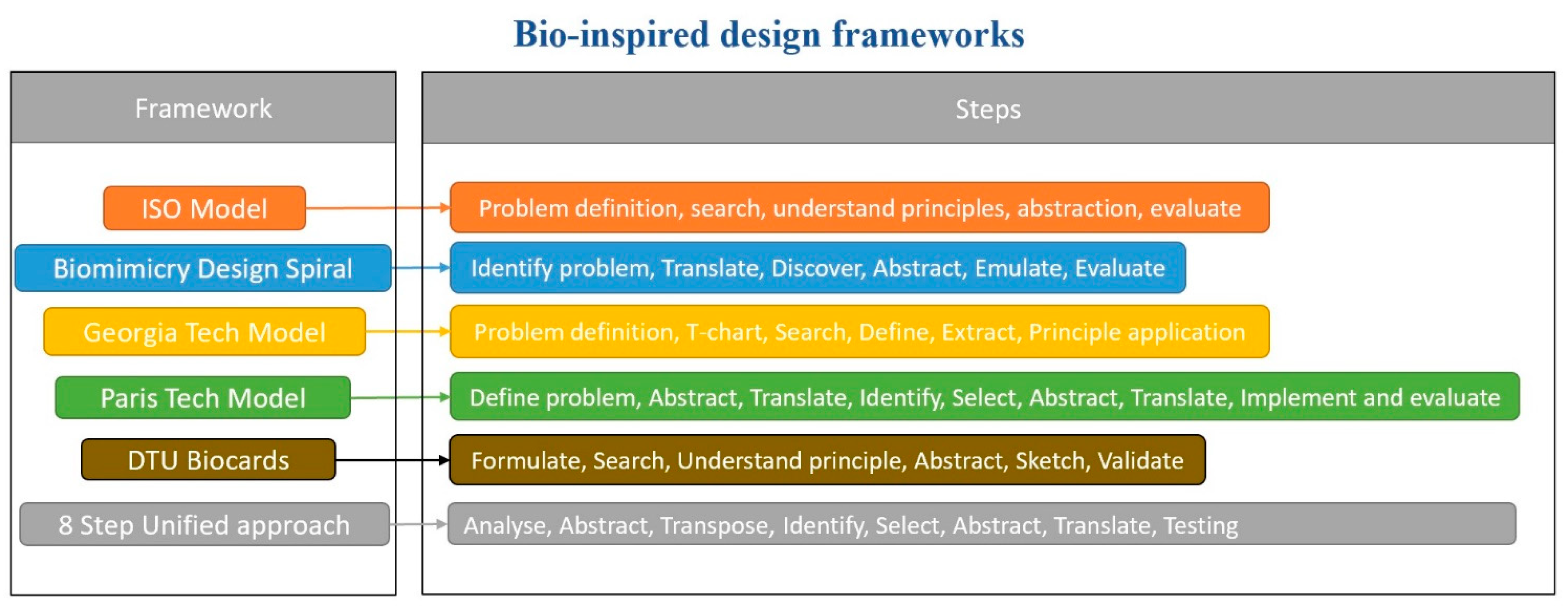
Designs, Free Full-Text
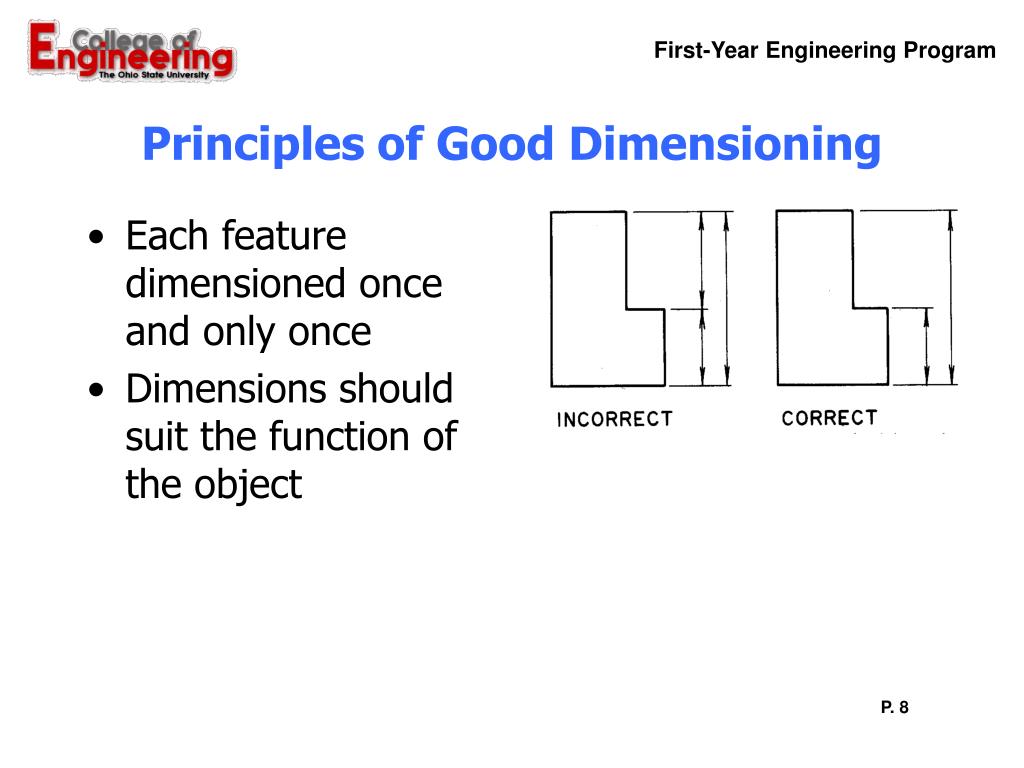
PPT - Good Dimensioning Practices PowerPoint Presentation, free download - ID:175823
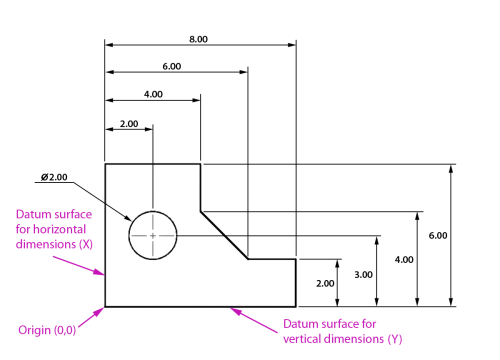
Principles of Dimensioning Engineering Design - McGill University

Dissecting the stability determinants of a challenging de novo protein fold using massively parallel design and experimentation
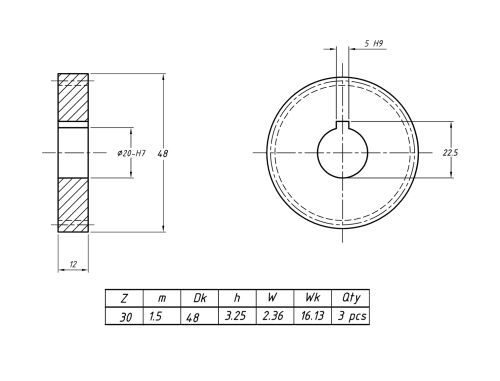
Principles of Dimensioning Engineering Design - McGill University
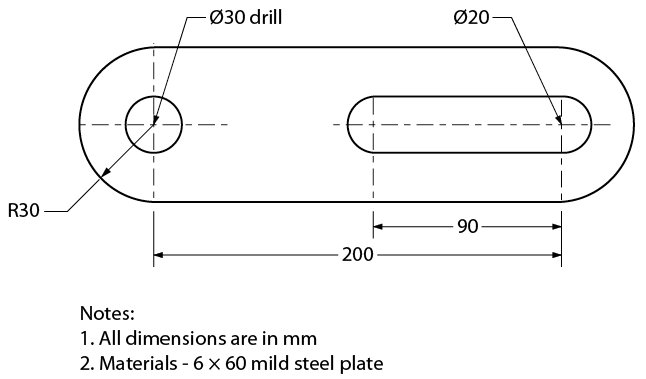
2.4: Principles of Dimensioning - Workforce LibreTexts
Highlight, take notes, and search in the book In this edition, page numbers are just like the physical edition

Principles of Optimal Design: Modeling and Computation
Model geometry depicted in 2D-axisymmetric (A) and 3D (B) space. The
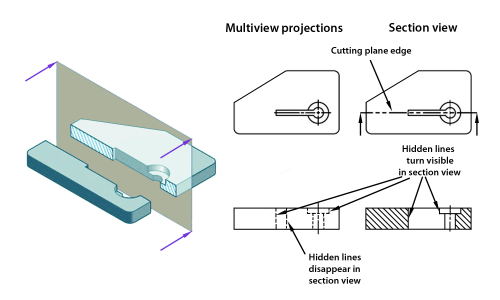
Sectioning Technique Engineering Design - McGill University
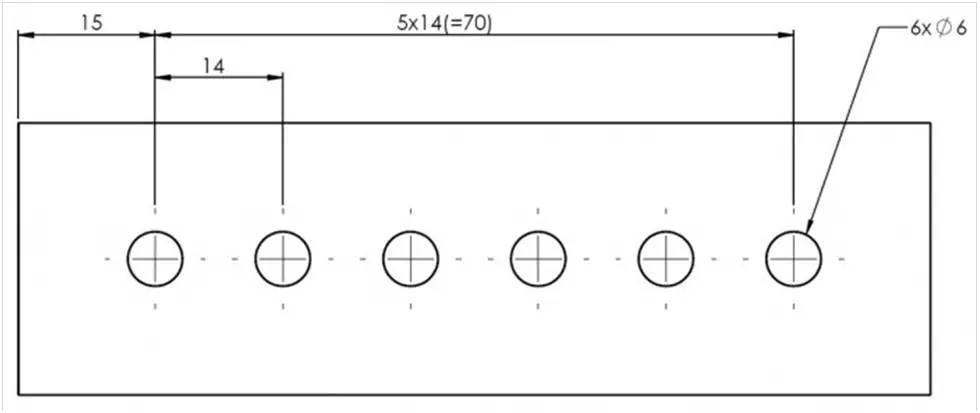
Dimensioning: Types Of Dimensioning, System, And Principles

1 4. Principles of Dimensioning This week you will learn dimensioning. The steps to follow are: Functional & Non-functional Dimensions Principles of Dimensioning. - ppt download
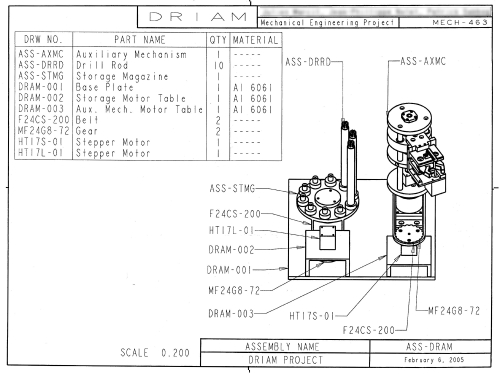
Working Drawings and Assemblies Engineering Design - McGill University
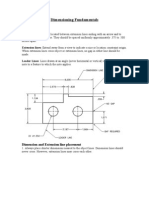
Principles of Dimensioning, PDF, Angle
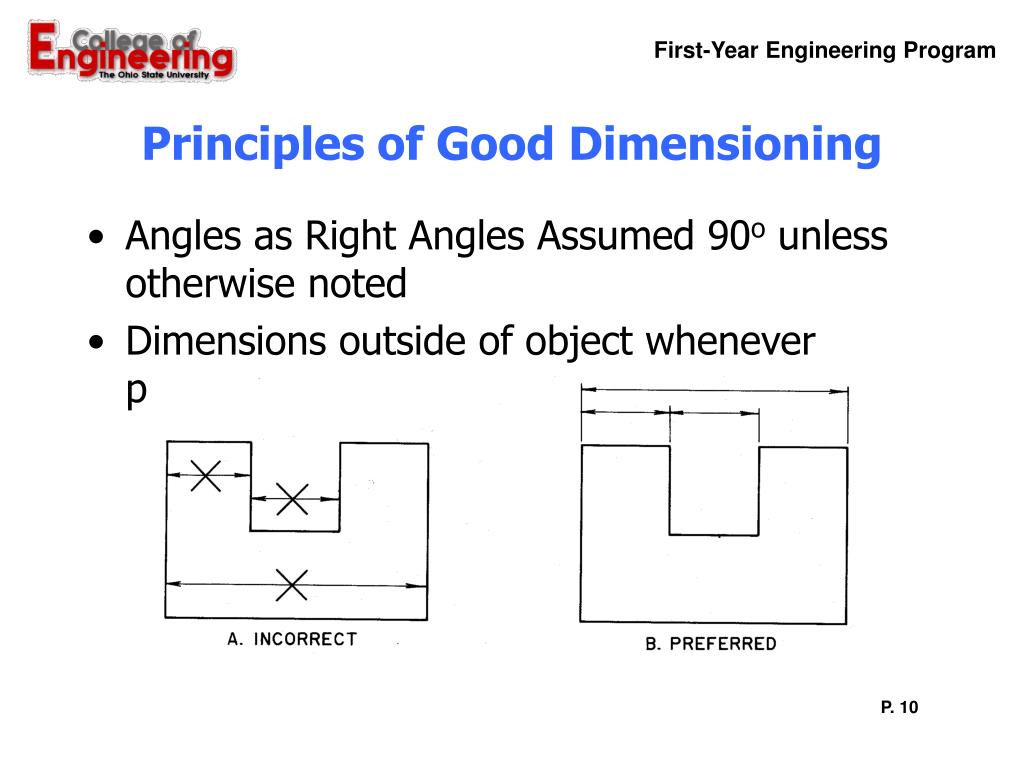
PPT - Good Dimensioning Practices PowerPoint Presentation, free download - ID:175823
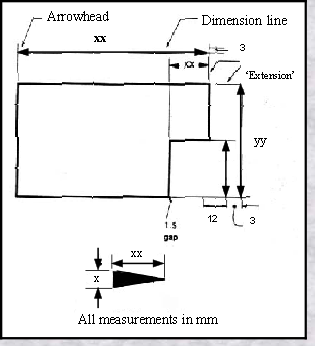
Dimensioning, Definitions of dimensioning - Engineering and technical drawing guide - Design & Technology On the Web - A guide for students at KS£, KS4, KS5 and for teachers. Placing of dimensions
de
por adulto (o preço varia de acordo com o tamanho do grupo)



